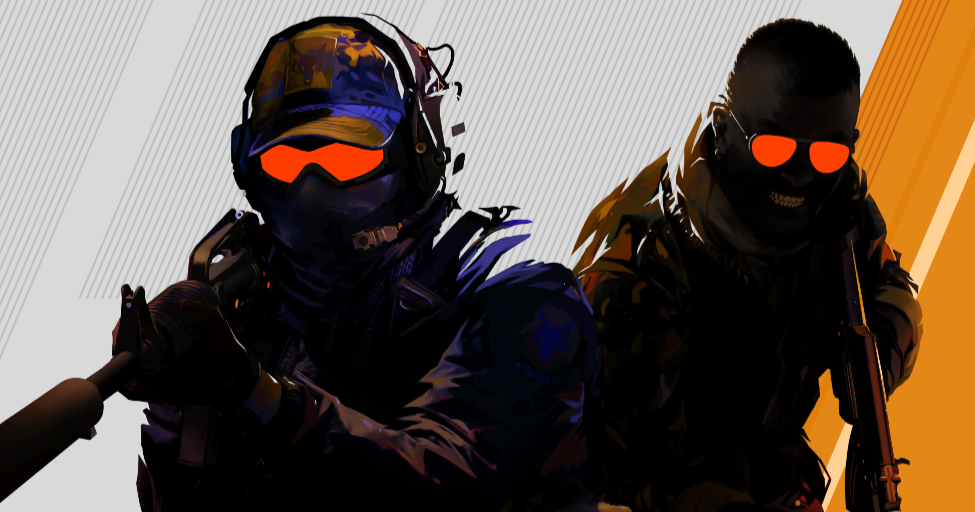Nvidia's low-latency Reflex tech will give older GPUs a boost in Counter-Strike 2
You'll need an Nvidia graphics card to benefit, but Reflex will have the biggest impact on older GPUs.

It's not even out yet, but Counter-Strike 2 is already getting upgrades. Nvidia's anti-lag Reflex tech is being integrated into the game in time for the game's launch this summer.
As ever, Reflex will only be available to Nvidia GPU owners, potentially giving them an advantage over anyone running a lowly AMD graphics card, let alone any poor proles running integrated graphics.
If that's slightly in jest, latency does matter when it comes to seriously competitive online gaming and the marginal gains here might just make a difference. Nvidia claims that Reflex can reduce latency by up to 35% in Counter-Strike 2.
Of course, the slower your graphics card, the more Reflex is likely to help. So this is actually a technology that will help gamers on older GPUs more than those with megabucks cards.
Nvidia's own slide shows latency with a GTX 1060 board dropping from 26ms to 17ms running at 1440p and Max settings. That's a 9ms drop from a fairly high level of latency to something quite a bit more tolerable.

Meanwhile, an RTX 3060 drops from 16ms to 11ms. At the top end, Nvidia has surprisingly referenced the yet-to-be-announced, let alone launched, RTX 4070 improving from 10ms to just 8ms.
In reality, both are impressive figures, but you'd be hard pressed to feel the difference going from 10ms to 8ms.
Keep up to date with the most important stories and the best deals, as picked by the PC Gamer team.
Nvidia's Reflex technology is something that has to be implemented at the game engine level by developers using Nvidia's tools. The result is typically a low-latency toggle in the game's settings menu. Shooters that already support Reflex include Fortnite, Valorant and Apex Legends.
Overall, then, chalk this up as a rare victory for gamers using older and less powerful graphics cards.
Best CPU for gaming: Top chips from Intel and AMD
Best gaming motherboard: The right boards
Best graphics card: Your perfect pixel-pusher awaits Best SSD for gaming: Get into the game first

Jeremy has been writing about technology and PCs since the 90nm Netburst era (Google it!) and enjoys nothing more than a serious dissertation on the finer points of monitor input lag and overshoot followed by a forensic examination of advanced lithography. Or maybe he just likes machines that go “ping!” He also has a thing for tennis and cars.


